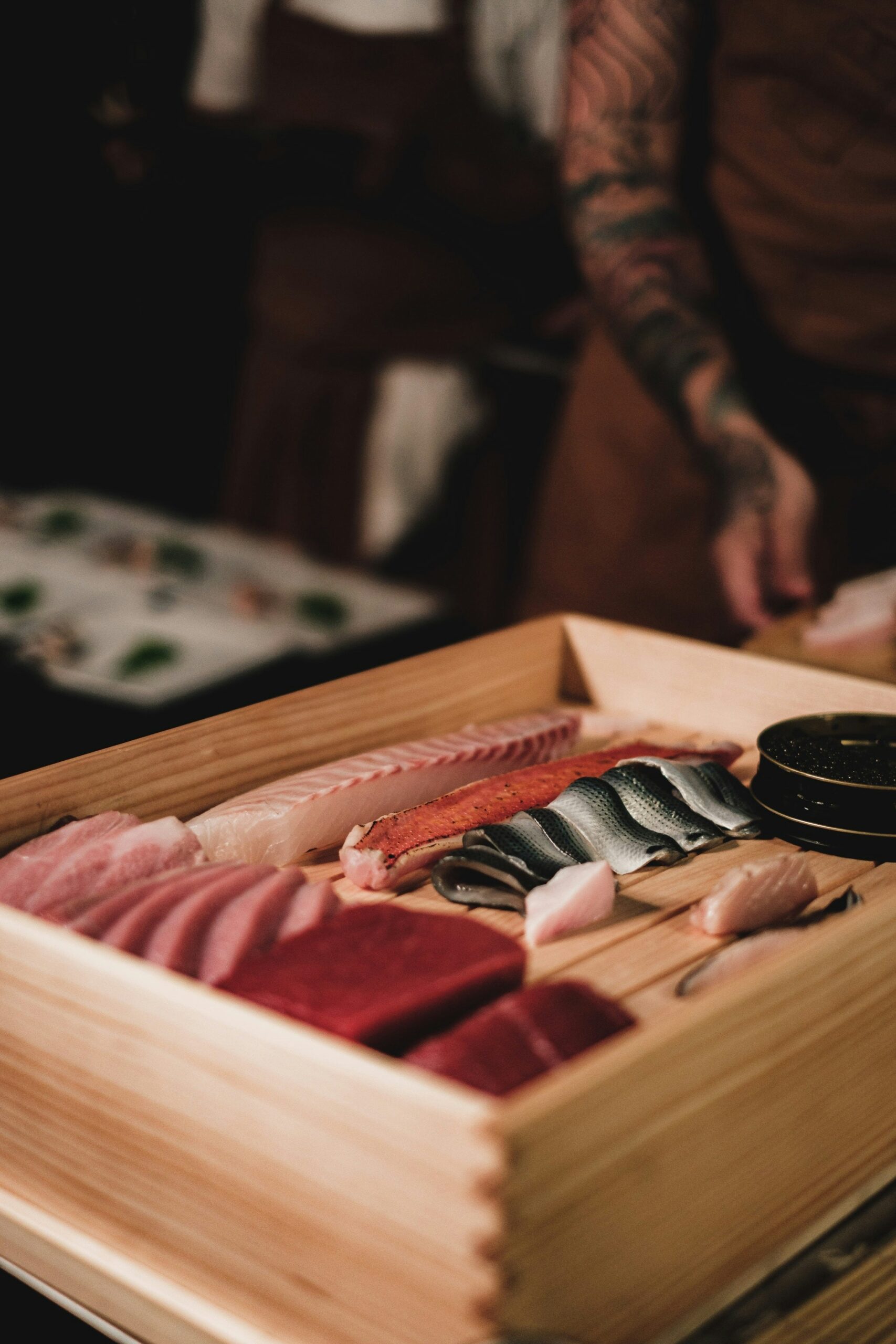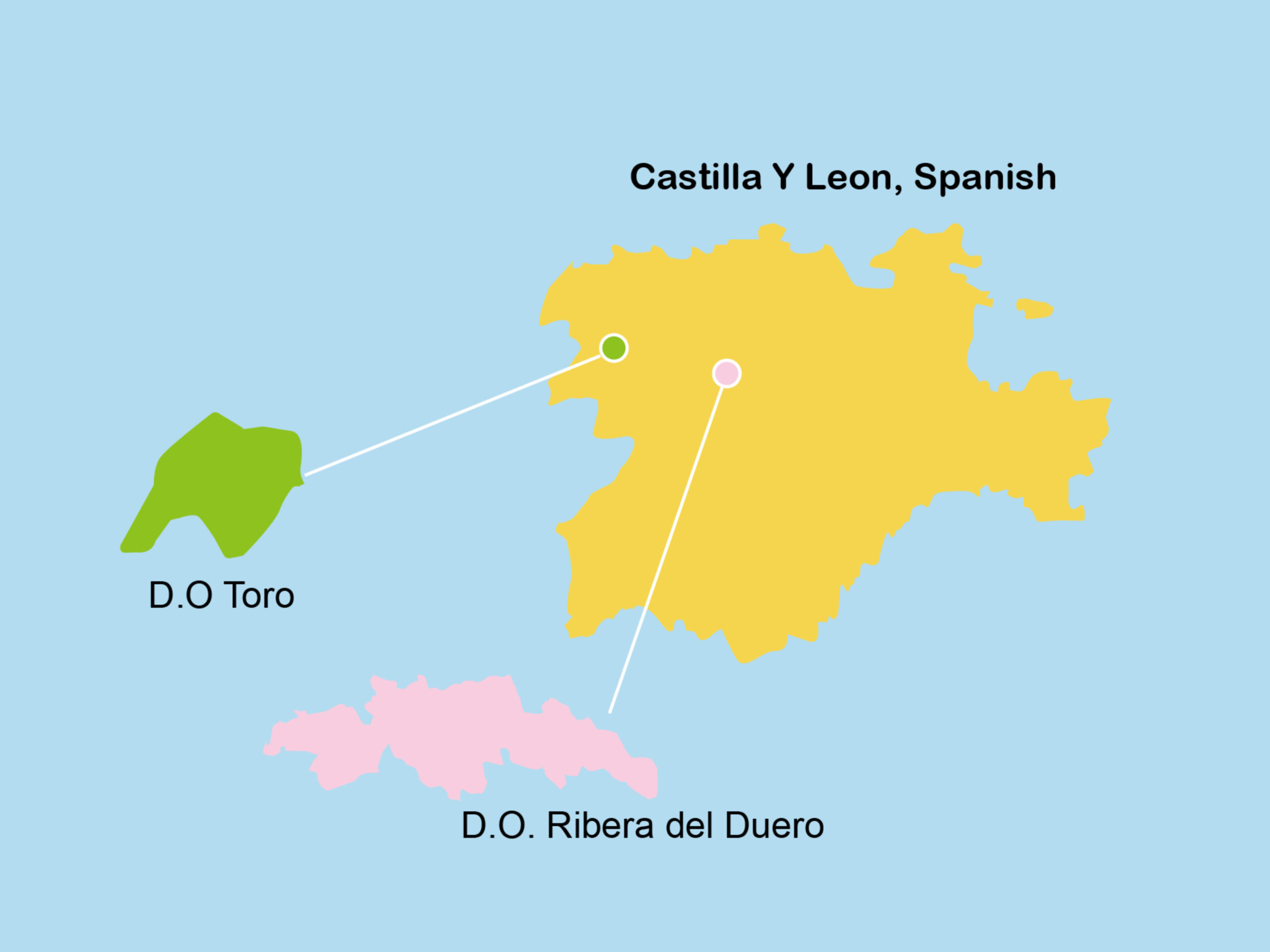One of the delights about living in Shanghai is the abundant fresh seafood. Everything from seasonal local fish and shellfish to sea creatures imported from the four corners of the world grace our tables. Alone these water creatures can be delicious but when paired with the appropriate wine they can become sublime. There’s little secret about what makes a great wine for seafood, it’s all about the acidity.

Depending on the type of seafood and preparation method of the dish, ample fruit, minerality and other qualities found in wine may all help a wine pair with seafood but it’s the acidity that’s most important. Epicureans shouldn’t be surprised by this as gourmet cultures around the world use acidity to embellish their seafood. In the west we often sprinkling lemon on a dish, while Thais use lemon grass and in Shanghai when we have hairy crab we must also have vinegar. Throughout the ages different culinary cultures have used acidic foods, liquids and sauces to bring out the best of their seafood treats.
Classic pairings
Talking about wine and seafood generically is fine but the difference between smashing success and mediocrity is all about the specifics. Different seafood dishes reach their potential when paired with wines of specific characters. Luckily the wide diversity of seafood we eat is matched by the range of different styled wines.
Japanese Sashimi demands a lean wine with bracing acidity. Unoaked Sauvignon Blanc wines do nicely as do Spanish Albarinos from Galicia. Recently, I enjoyed a Chocalan Malvilla Riesling with a dish of meticulously sliced fresh sashimi. The mouth watering acidity in the wine heightened the freshness of the fish while the fruit and mineral flavors of the wine added flavor nuances. Chocalan is a top Chilean producer with a range of reasonably priced wines. In addition to the Riesling, their Viognier, Sauvignon Blanc and Chardonnay whites are all lovely companions to seafood.
Fresh oysters are another raw seafood treat that demands a dry white wine or dry sparkler. If you are a lover of bubbles try an Extra Brut or zero dosage Champagne or sparkling wine. All of the aforementioned wines are bone dry and will elegantly highlight the freshness and natural sweetness of the oysters while accentuating the snappy texture. If you like your oysters cooked, then a normal brut Champagne or sparkler with a touch more fruit and ripeness will nicely do the job. A few days ago at Shanghai Slims steakhouse I had the classic appetizer Oysters Rockefeller with a bottle of Antech Cuvee Rose from Limoux in the South of France. The freshness of the lightly cooked oysters was awakened by the tart qualities of the wine while the wild strawberry flavors of the sparkler paired beautifully with the creamy sauce and spinach.
The best seafood dishes are also sometimes the most simple. Steamed or grilled fish with no sauce benefit from elegant and complex white wines. A perfect example is the Salt-Grilled Red Throat Fish I paired with a lovely bottle of 2009 Albert Ponnelle Pouilly-Fuisse “Vielles Vignes” as the deep and sophisticated flavors and textures of the wine accentuated the natural sweet flavors of the grilled fish meat without overpowering it. By themselves, the dish and wine are delicious but when enjoyed together they reached new heights of beauty.
Why not a red?
While it is true that white wines or sparkling wines are easier and more reliable to pair with seafood, with some application and knowledge red wines can also match well. Early in my wine life like everyone else I was taught that the enemy to seafood in red wines was tannins. While this precept had some truth, it wasn’t the major reason why red wines seemed to class with many types of seafood. In contrast to the acidity of white wines bringing out the freshness and best qualities of seafood many reds did just the opposite, making the seafood taste too fishy or not fresh.
A Japanese study on red wines and fish published in the “ACS’ Journal of Agriculture and Food Chemistry” by a wine lover who also happened to be a scientist found out that naturally occurring irons found in many red wines were the real enemy of seafood. The study explained that these irons accentuate unpleasant sensations of fishiness, especially in the aftertaste. The study also pointed out that red wines with greater acidity worked better with fish as the acid in a wine acted as a chelating agent reducing the sensations of fishiness. Therefore, when picking a red wine to match with fish you should choose a red wine with low iron content, moderate tannins and lots of young fresh fruit flavors. If this confuses you, then allow me to make it easier. Some of the best styles of red wines to pair with cooked seafood are young Pinot Noir and Gamay wines.
The generous fruit and tartness of many Pinot Noirs make them natural companions of seafood; especially when the fish is grilled or fried. Pick a young Cote de Beaune red from Burgundy for a fresh water fish dish like sautéed trout in a butter sauce or choose a more robust or outgoing New Zealand with more flavorful fish dishes like Shanghai style river eel in brown sauce. I’ve had great success pairing young Pinots with the heavily sauced fish dishes commonly found in this part of China.
The high acidity and extreme fruitiness of Beaujolais reds also make them very suitable for a range of flavorful fish. At my favorite Thai restaurant in Taipei I love to pair the deep-fried Fish in Three Flavors with a Cru level Beaujolais like Brouilly, Moulin-a-Vent or Chenas. The deep flavors of the dish are complemented by the equally exuberant fruity flavors of the wine while the good acidity of the wines cuts through the greasiness leaving your mouth desirous of another bite. When enjoying a red with seafood, it’s also a good idea to slightly chill the red wine to about 15-16C.





